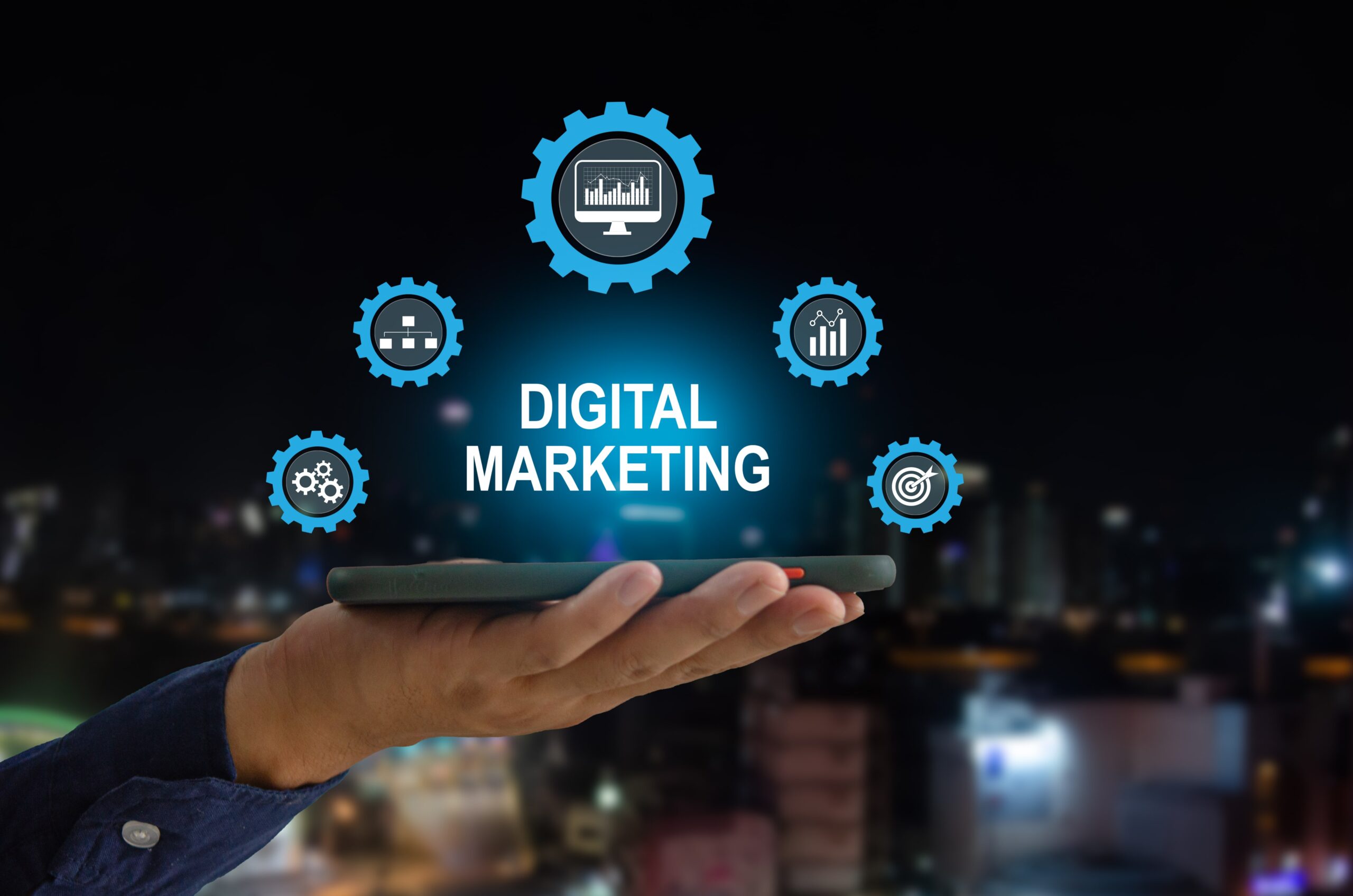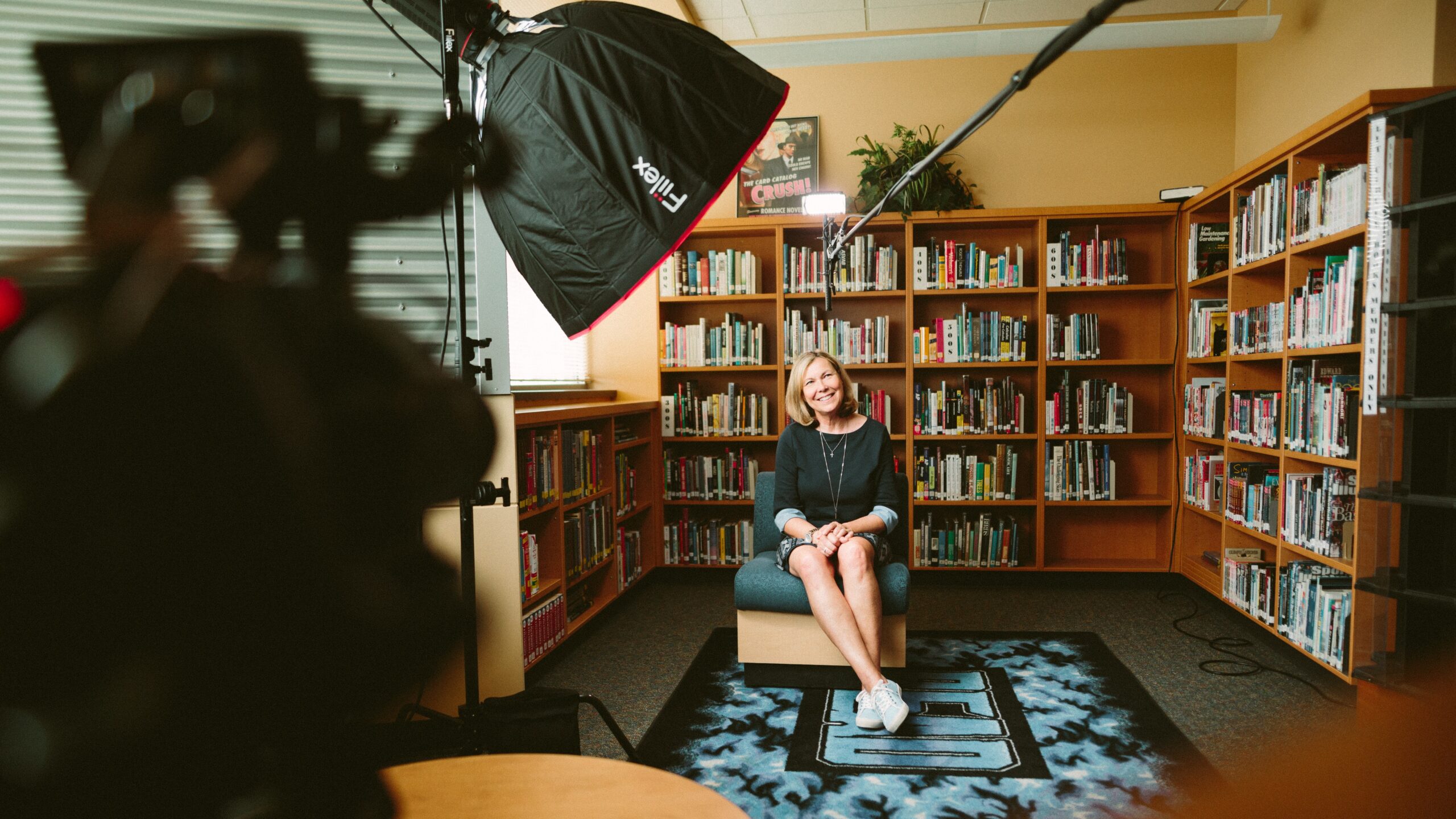If you’ve been on social media, you’ve probably come across advertisements that get a lot of engagements on your feed and want to replicate the same success for your business. Though it may seem unattainable, your goal can be achieved by understanding and applying the concepts of viral marketing. Read on to find out more about this business strategy and how you can leverage it to get the desired results.
What is viral marketing?
When someone generates video or visual material that resonates with their target audience, it is known as viral marketing. That content is disseminated to the point where it turns viral or spreads like wildfire. When a marketing campaign goes viral, it can drastically improve a company’s sales, engagement, and brand exposure.
What is a viral marketing campaign?
A viral marketing campaign is just that: a viral marketing campaign.
Unfortunately, there is no one size fits all formula for making viral marketing efforts pay off, and the actual cause is typically unknown until virality kicks in. Many marketers hope that their campaign will become viral, which means that it will be widely recognized, accepted, and influential.

However, there are some common elements across your favorite viral marketing strategies. Marketers who wish to reach a larger audience should consider these factors while planning their next campaign. Before we look at the ins and outs of viral marketing, it’s worth taking note of a few ads that applied such a strategy and identifying the factors that made these ads a success.
Examples of Viral Marketing And Why They Became A Hit
If you’ve watched the Dove Real Beauty Sketches ad, then you’re familiar with its heart-tugging message that promotes self-confidence and self-love. The ad sheds light on these themes by depicting peoples’ reactions to how they view themselves and how others view them.
A forensic sketch artist was tasked in the Dove Real Beauty Sketch campaign to draw two separate sketches of the same individual. The first sketch was made in the manner in which people would describe themselves, whereas the second sketch was drawn in the manner in which a friend would describe the other person.
The outcome was an emotional experience, demonstrating how negatively people perceive themselves in comparison to how positively strangers perceive one other. On YouTube, the campaign video has over 70 million views, and the campaign has gotten over 4 billion media impressions.
Because it spoke to people’s emotions and was worthy of sharing with friends, the ad was a huge success. One of the many reasons consumers identify the Dove brand with self-love and body positivity is because of this viral marketing campaign. It went viral and landed exactly where the brand wanted it to.
Sally’s Seashells Ad by Squarespace
A more recent example of viral marketing was aired during the commercial break of the 2022 Super Bowl. Specifically, it was Squarespace’s Sally’s Seashells ad. Starring Hollywood actress Zendaya, the ad illustrates the journey of an entrepreneur while a rendition of the “She Sells Seashells” tongue twister is heard. What’s different about this version of the tongue twister is that it tells the story of a woman being unable to sell seashells on the beach, which then caused her to make a Squarespace account. After doing so, she expanded the range of products and services that her business provides to consumers and found success.
With its smart usage of alliterations, a reference to a famous tongue twister, and the appearance of a reputable celebrity, the ad became a hit. As of writing, the ad has more than 18 million views and 61,000+ likes on YouTube.
Old Spice: The Man You Could Smell Like
This is perhaps one of the most memorable campaigns of all time. Old Spice’s “The Man You Could Smell Like” campaign stands out from that of its competitors as it targeted women instead of men. Though it may seem illogical at first, the strategy was informed by statistics.
Wieden+Kennedy, the advertising agency tasked to revamp Old Spice’s branding in 2006, found that women were responsible for more than half of all body wash purchases. Taking this information into account, the agency created the campaign’s first commercial, which aired during the Super Bowl on February 8, 2010. W+K swiftly followed up with an interactive digital campaign that capitalized on the “Old Spice Guy’s” fame by having him answer personal video messages from his admirers.
Always’ empowering ad perfectly shows how older generations, boys, and men see the concept of acting “like a female,” before showing a younger generation of women, approximately 10 years old, acting “like a girl,” but in a completely different way. While the young women featured in the commercial ran rapidly and threw hard when they were asked to run or throw like a girl, older women and boys did not do the same thing. Instead, they acted out the movements weakly due to their negative perception of what it’s like to do something “like a girl.”
As of writing, the video has received over 70 million views and has helped establish Always as a brand that empowers women. Since they tried to create an advertisement that was absolutely distinct from its competition in every way, the campaign went viral.
What A Lot Of Viral Marketing Campaigns Have in Common
While there is no guaranteed formula for making a marketing campaign go viral, the most successful projects share key characteristics. They’re relatable to their target audience, causing them to care about the information enough to spread it. The material may elicit an emotional response, be entertaining or inspirational, surprise the audience, or deliver useful information.
Content that is simple to consume improves the likelihood of it going viral. Videos, quizzes, and list-based articles tend to get more shares than other types of content, possibly because they’re relatively quick and easy to digest, according to a Forbes article. Meanwhile, because 85% of content has 1,000 words or less, the remaining 15%, which contains more than 1,000 words, appears to earn more shares and links.
Where Did Viral Marketing Come From?
The origins of viral marketing may be traced back to 1996, when a small firm named Hotline needed a low-cost solution to advertise its new email service, Hotmail. In all emails, the Hotline team opted to include the sentence “Get your own free Hotmail at www.hotmail.com.” As a result, within a year, the number of Hotmail subscribers increased from 20,000 to 1 million. With 86 million active users in 2001, Hotmail had 30% of the email market. This is an example of one of the most significant components of viral marketing: by utilizing a service, every consumer unintentionally promotes it.
However, the exact origin of the phrase is unknown. Jeffrey Rayport, a Harvard Business School professor, coined the term “viral marketing” in a Fast Company article titled “The Virus of Marketing” in 1996. Meanwhile, Draper Fisher Jurvetson, a venture capital firm, claims to have created the word in a 1997 Netscape newsletter, drawing inspiration from Hotmail’s marketing campaign. “Unleash Your Ideavirus,” an article about the idea economy and how the “ideas that spread the fastest win,” was published in Fast Company in 2000.
Regardless of its exact origins, viral marketing today would not be possible without social networking. The largest social networks debuted in the 2000s. Facebook was founded in the year 2000, while YouTube and Twitter followed in 2005 and 2006, respectively.
What Makes Viral Marketing Ideal For Businesses?
Because viral marketing is one of the most powerful marketing strategies available today, it has numerous advantages for both small and large enterprises. One of the key benefits of viral marketing is that it does not require a significant budget. In fact, according to Hubspot, some of the most successful viral content was developed on a shoestring budget, especially now that smartphones can shoot high-quality photographs and movies.
Another significant advantage is that a successful viral marketing campaign exposes a brand’s product or service to a new, broader audience. Not only may the brand generate more money as the material reaches thousands of individuals, but it can also gain a significant number of new followers, referral traffic, and even permanent connections to aid with its website’s search engine results.
A true viral promotion can also foster long-term customer loyalty. Viral marketing efforts are not regarded as intrusive because of all the shares, likes, and tags on numerous social media networks. Consumers and followers opt to spread the content, and as a result, the brand’s perception improves more than it would with conventional marketing methods.
On the other hand, being viral does not always result in more committed followers. The most crucial factor in a company’s success is loyalty, not viral content. Because devoted customers want to stay up to date on the brand’s latest news, a business must try to establish genuine connections with its audience.
Viral Marketing Strategies That Your Business Can Maximize
1. Appeal to a target audience.

The target audience is taken into account in a successful viral marketing campaign. To go viral, a campaign must resonate with the audience and make them feel so strongly about the material that they choose to share it with their family, friends, and followers.
Determine who your target audience is early on in the campaign development process. To do so, ask yourself questions like: Who do I want to connect with? What topics would they be enthusiastic about? What are their aspirations, ambitions, and values? Why should people be interested in my campaign? What can I do to entice people to share my content on their social media accounts?
2. Use powerful visuals.
Viral marketing initiatives necessitate a visual approach, which uses visuals to help potential customers get to know your business.
A campaign should tell a story, and visual components that engage with your target audience are the greatest way to express that tale. Your visual strategy should be consistent with your brand and target demographic; it should be engaging, educational, and include some element of curiosity, such as humor or hope.
3. Encourage inventiveness.
Consider your favorite viral advertising effort. What distinguishes it from the competition?
Marketing campaigns don’t go viral unless they have a unique, engaging, and inventive idea behind them; your campaign must be fresh and attention-getting.
4. Make emotional connections.
If you’ve seen the Dove Real Beauty Sketches campaign, then I’m sure that you’ve felt emotions like frustration, insecurity, and confidence while watching the commercials.
Each commercial features a person sitting behind a curtain discussing their appearance while an artist creates their portrait without seeing them. The curtain is withdrawn after the individual has finished describing his or her features and the portrait is finished. The artist then creates a second portrait of the person based on their observations.
The artist sets the two sketches next to each other when the second portrait is completed. As you might expect, the portrait created from the individual’s self-description is less appealing than the one created by the artist in the second portrait.
5. Make sure your material is easily shared.
Sharing and promoting your material with the rest of the world has never been easier thanks to the internet and social media. To create great photo or video content that can be consumed by the general public, you don’t need a lot of money.
Something must be shared often in order to become truly viral. This implies that you and your firm must distribute the material in as many places— and in as many ways —as feasible. Then you must make it simple for your audience to share it.
Allow your visitors to tag their parents on Facebook, contact their best friends on Instagram, or download your video to simply transform it into a memorable GIF by enabling sharing, embedding, and downloading possibilities on all of your material. Create elements or calls to action that urge users to share them with their friends.
If an influencer would fit with your overall message and provide value to your campaign, consider asking them to endorse it. If Peyton Manning or Brad Paisley sing, for example, viewers may find your insurance ad more entertaining and shareable.
6. Schedule your posts at the right time
You should also think about when and where you share your content. Marketers take advantage of important holidays, such as Christmas, as well as major events, such as the presidential election and the Super Bowl.
During these times, more individuals are reading through their social media feeds, watching TV, and keeping up with current events, prompting marketers to increase their campaign spending.
Anyone who uses Instagram knows that the date and time of your postings are important.
If you post on a Saturday at 8 p.m., for example, most people are out to dinner, attending a movie, or simply hanging out with friends, so they are unlikely to check their newsfeed. Certainly not to the extent that they do on Tuesdays.
After all of this sharing and promotion, you must wait to see if people are interested in your content. If that was the case, you may have launched a viral campaign. Otherwise, you may need to try again.
At BrightMinds PH, we have sales and marketing specialists that can help you refine your marketing strategies! We always update ourselves on the latest marketing trends, so that we can provide you with the best services. If you’re interested to know more about what we have to offer, message us today for a free quote.




